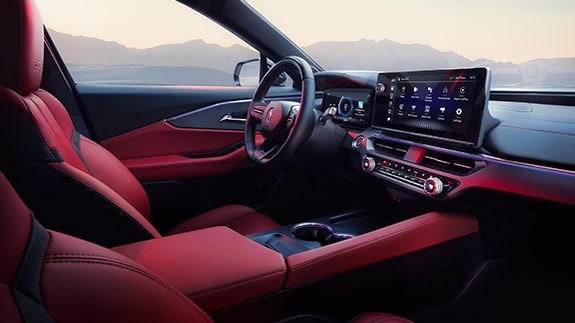- Preparing your car and yourself for severe winter weather can be a matter of life and death
- Whether you're on the road when disaster strikes or stuck at home during a power outage, it's crucial to keep these tips in mind
Carrie Aulenbacher was about 10 minutes away from work one winter afternoon when her plans changed radically.


